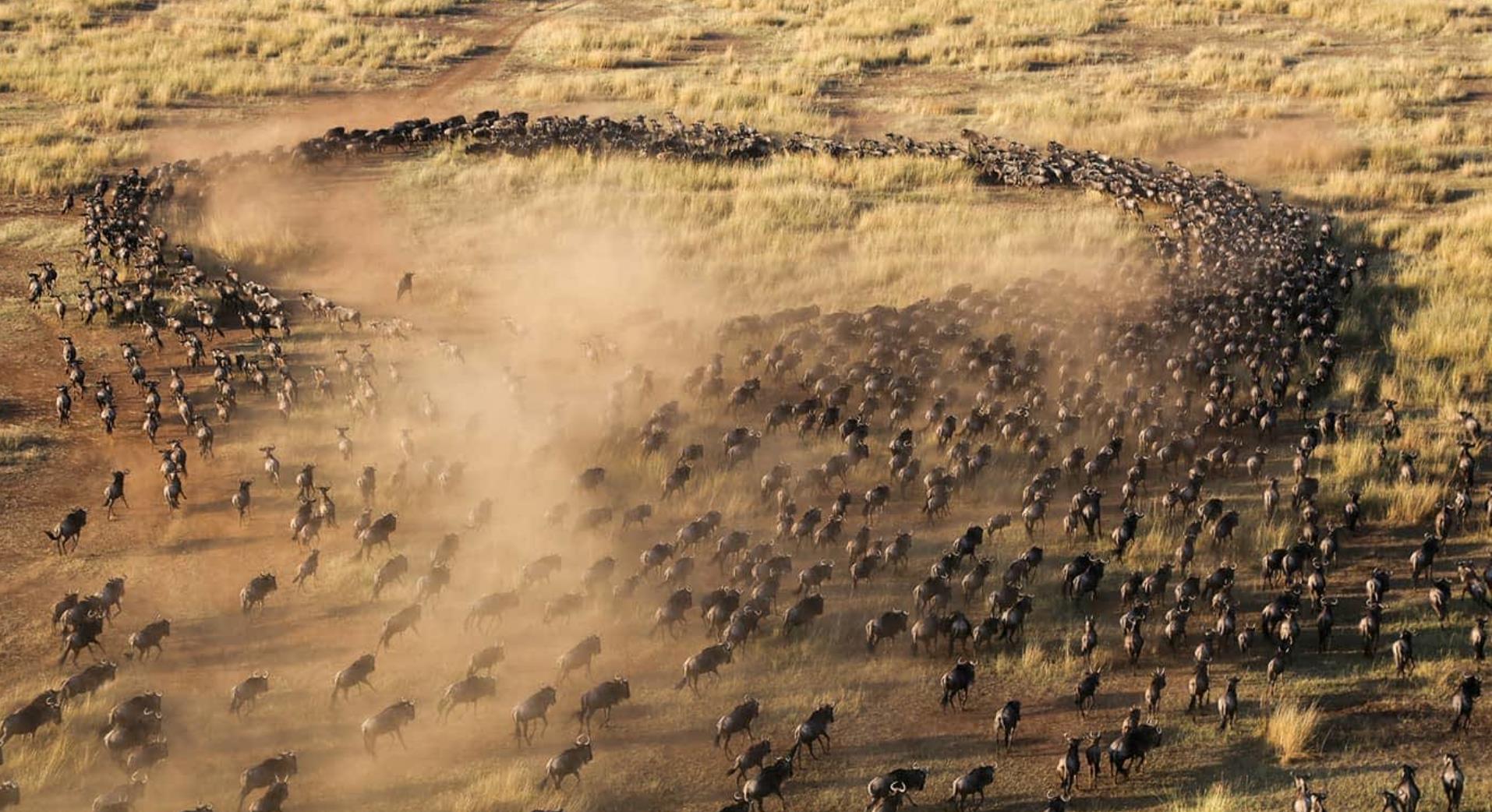Kenya participates in the greatest show on earth
Kenya participates in the world-famous Great Migration, a legendary 1,800-mile trek of more than 1.5 million wildebeest and 200,000 zebras that begins around late July/early August, when the animals arrive in the Masai Mara National Reserve from the Serengeti in neighboring Tanzania.
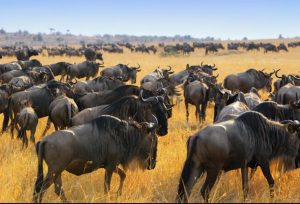
The first of the now extremely tired and exhausted animals arrive at the Mara River to face a swift river full of hungry crocodiles waiting to be crossed by an awe-inspiring, if somewhat bloodthirsty, audience of tourists on the opposite bank.
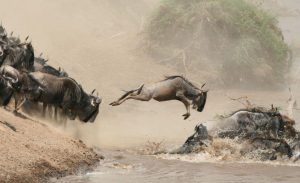
If you wish to see the river crossing, you must be prepared to be patient and go out with your guide for a full day with a packed breakfast and lunch. Hundreds of thousands of desperate horned horses can gather on the banks of the river and gaze thoughtfully across the raging waters at the green grass on the other side ……
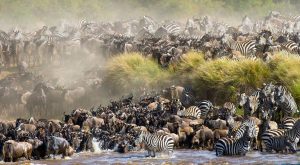 but none of the animals will make a move. All it takes, so to speak, is one brave horned horse to actually take a dive, and then they all follow! But just because a bull gazelle gathers on a riverbank doesn’t necessarily mean it’s going to cross – frustratingly, they’ve also been known to wander around for days before attempting to do so!
but none of the animals will make a move. All it takes, so to speak, is one brave horned horse to actually take a dive, and then they all follow! But just because a bull gazelle gathers on a riverbank doesn’t necessarily mean it’s going to cross – frustratingly, they’ve also been known to wander around for days before attempting to do so!
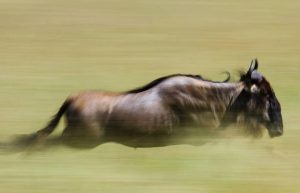
Those who manage to avoid the jaws of the crocodile and cross the river are rewarded with the lush grass of the Masai Mara’s vast plains, which by September are teeming with wildlife, with lions, leopards and other predators watching them closely as the cheetahs look for a meal.
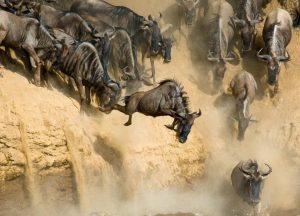
By late October, wildebeest and zebra usually leave the Mara plains before returning to the southern Serengeti plains to calve again.
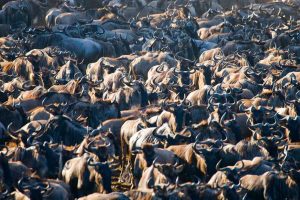
If you want to come to Kenya during these months to witness this remarkable event, then you must be prepared to book in advance (as this is undoubtedly the most popular time for tourists) and also pay the high season fees.

